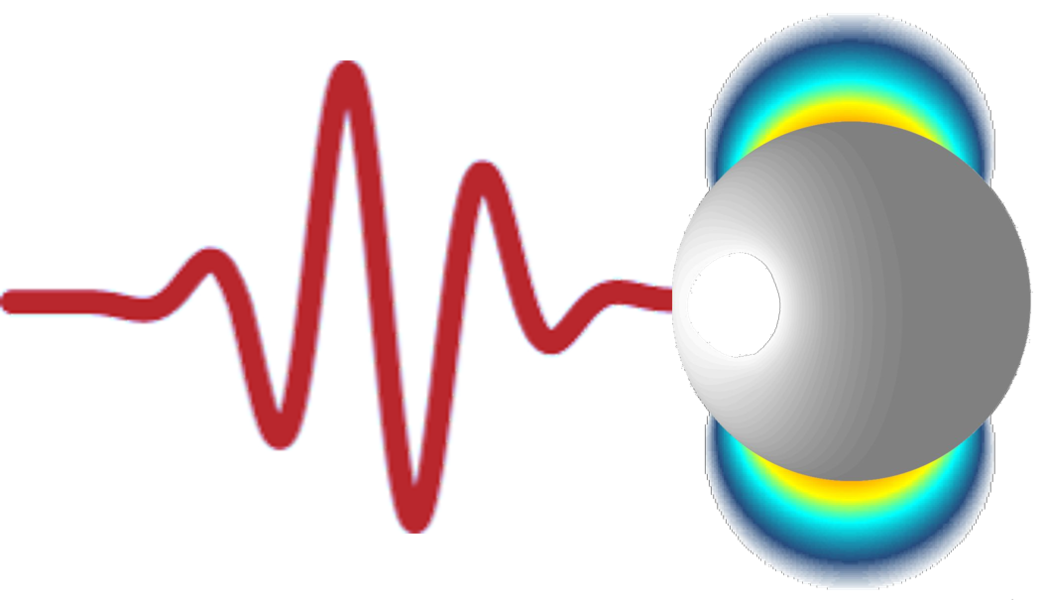Future electronics will be fast. It could be driven at the frequencies of light waves. This implies that the switching speeds would be roughly 100,000 times faster than today. The development of electronics driven by light requires a detailed characterization of the light waves’s electromagnetic fields. Modern so-called field-sampling methods allow for probing the temporal evolution of a light field. While these techniques have been established, a complete and detailed understanding of their underlying mechanism has been lacking. Researchers from the Ultrafast Electronics and Nanophotonics group have now uncovered what exactly happens during the sampling of light fields and how their interaction with matter induces measurable currents in electronic circuits.
Light is a fascinating phenomenon of nature. It is incredibly fast and its electromagnetic field varies with extremely high frequencies. In the visible spectral range, light oscillates with nearly one petahertz (one thousand trillion oscillations per second). This property can be exploited in technology to drive future electronics with the help of the light fields, making it 100,000 times faster than today.
Sophisticated technologies, however, are required in the first step to precisely capture and control these ultrafast oscillations. This is enabled by so-called field-sampling methods. Short laser pulses ionize air near a metal electrode. Thereby, charge carriers are released, which induces currents in the electrode. The direction and strength of the electric current depend on the exact form of the light field, which enables its control. In previous studies, however, it has remained unclear how exactly the generated charge carriers determine the measured current. Moreover, there has been no possibility so far to predict the expected current quantitatively.
Johannes Schötz and coworkers have now uncovered this mechanism. With the help of experimental studies and numerical calculations, they were able to quantitatively model the process. As Johannes explains: “the study has shown that scattering and charge interaction of the generated charge carriers play an essential role in the formation of the macroscopic signal via ultrafast current generation in gases”.
In particular, the study has revealed how the strength of the generated signals can be increased by an order of magnitude. This will help further increase the sensitivity and accuracy of field sampling measurements and is an important step towards novel opto-electronic applications, paving the way to future light-field-controlled electronics.
Publication: Schötz et al., Nature Communications 13, 962 (2022).

